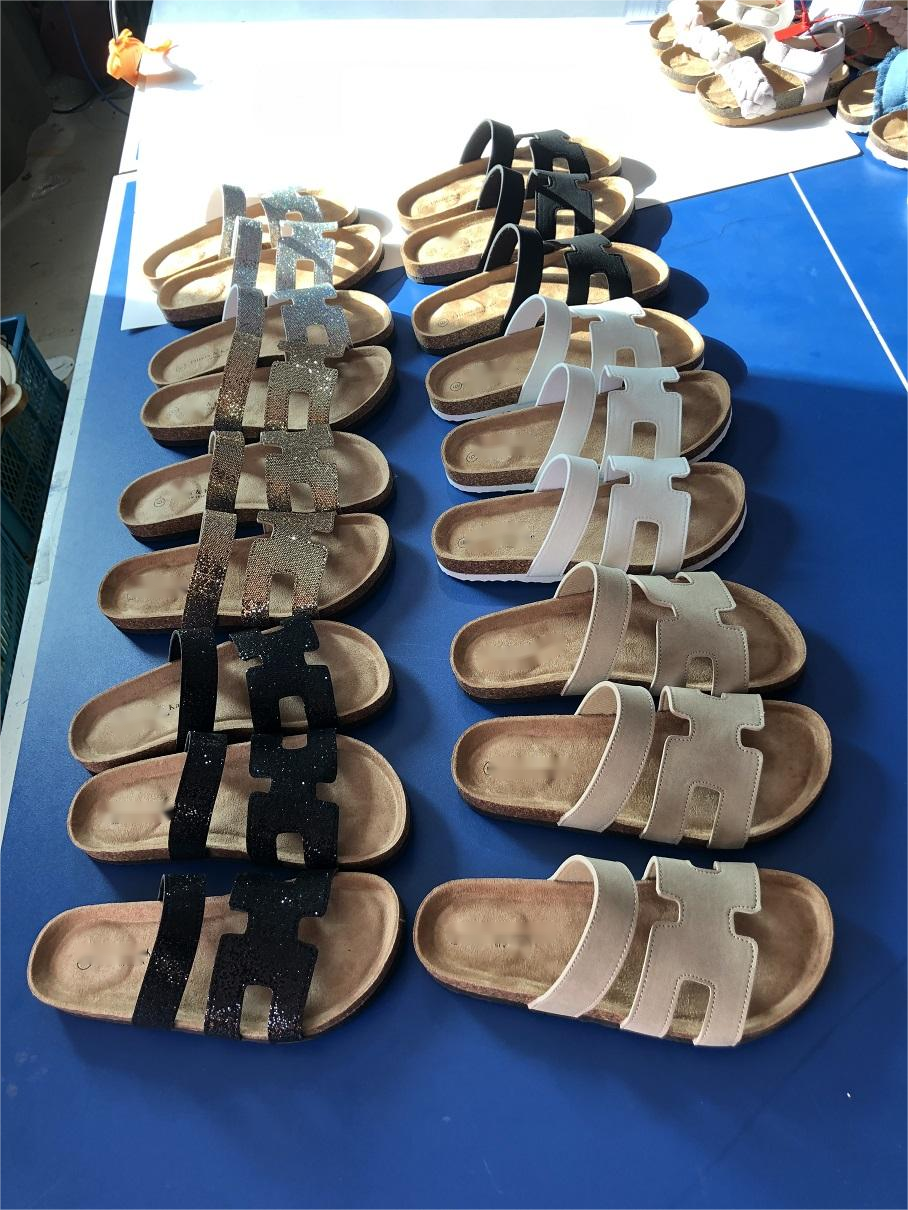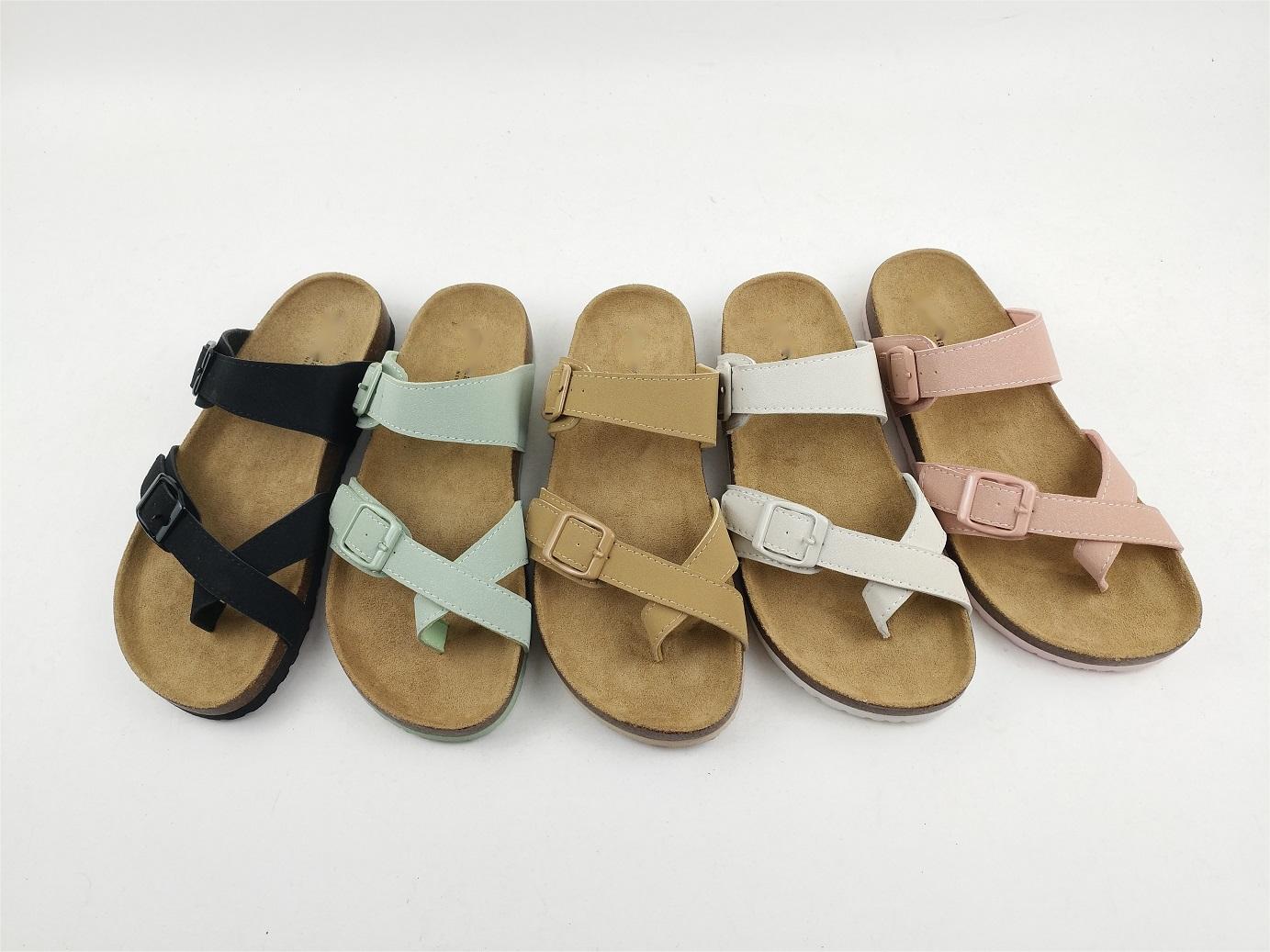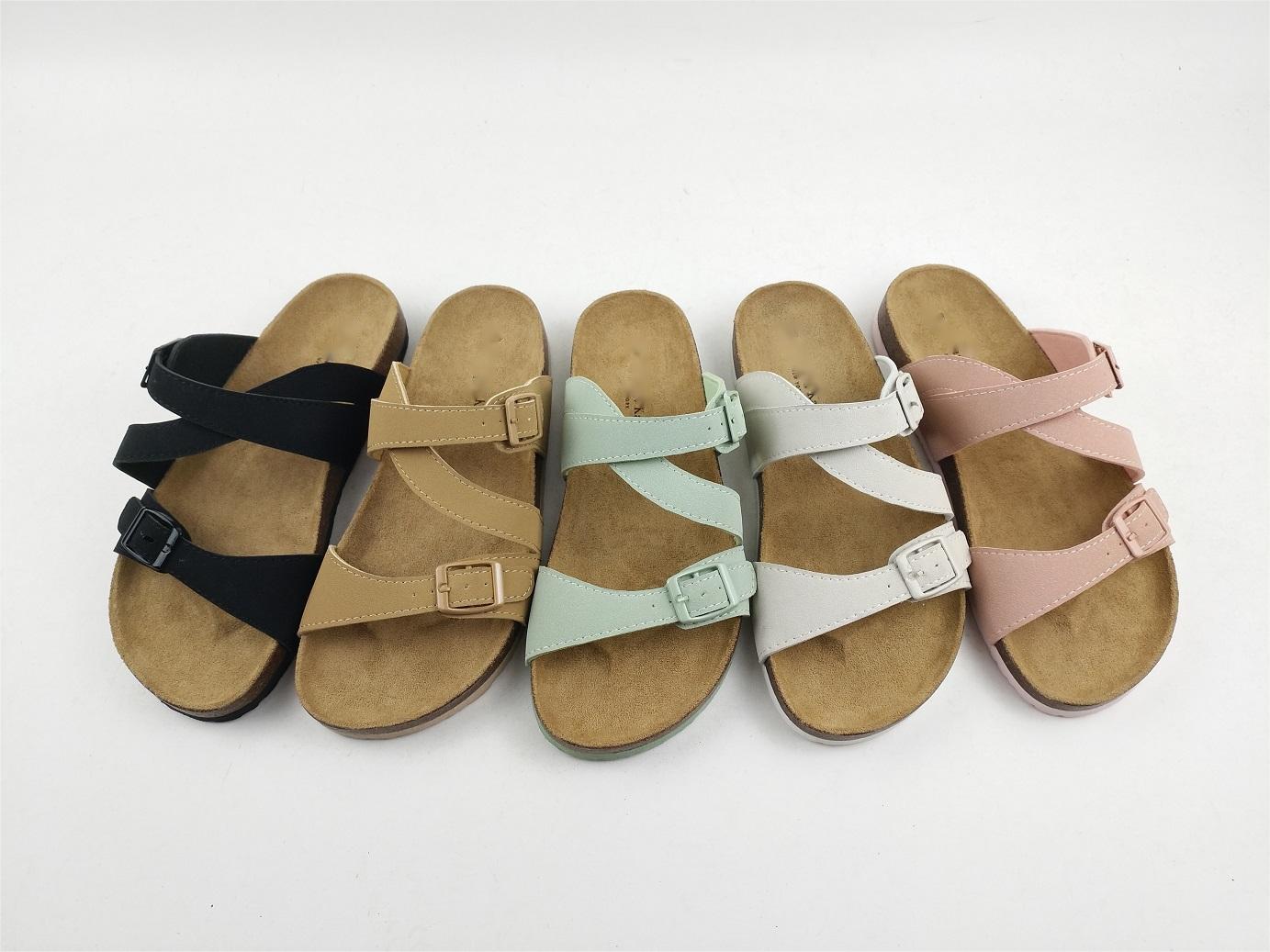How dose TIANXIU Develop for the Footbed Sandals Samples
2024-09-14
Market Research & Demand Analysis:
In addition to studying market trends and consumer preferences, methods such as questionnaires, interviews, or social media analysis can be employed to obtain broader and deeper market insights. Footbed Sandals
During demand analysis, attention should be paid not only to explicit consumer demands (e.g., comfort, fashionability) but also to potential demands (e.g., special functions, personalized customization) in order to create a competitive edge through differentiation.
Product Design:
After proposing a design concept, design review meetings can be organized, inviting relevant experts and team members to discuss and refine the design plan collaboratively.
When drawing design drawings, ensure their accuracy and detailedness to facilitate the subsequent production stages in accurately understanding and realizing the design intent.
When selecting materials, consider not only environmental friendliness, comfort, and durability but also material availability and cost-effectiveness to ensure the product's market competitiveness. Footbed Sandals
Sample Production:
During sample production, introduce a "small-batch trial production" phase to quickly validate design feasibility and manufacturing process reliability.
Strictly control every aspect of the production process to ensure sample quality and consistency. Utilize Standard Operating Procedures (SOPs) to standardize operational processes and quality control standards.
Employ rapid prototyping technologies (e.g., 3D printing) to shorten sample production cycles and reduce costs.
Sample Evaluation & Adjustment:
When conducting try-on sessions, ensure that testers are representative, covering different needs and preferences of the target consumer group. Footbed Sandals
Develop detailed testing plans and standards for performance tests to ensure the objectivity and comparability of test results.
Based on feedback from try-on sessions and performance tests, make necessary adjustments and optimizations while maintaining communication and interaction with consumers to ensure alignment with market demands.
Continuous Improvement & Iteration:
The completion of sample evaluation and adjustment does not signify the end of the development process. Rather, it is a process of continuous improvement and iteration. Continuously optimize and upgrade the product based on market feedback and changes in consumer demands.
Establish a comprehensive product archive and database to record the process and outcomes of each sample development, providing valuable experience and references for future product development and improvement.








